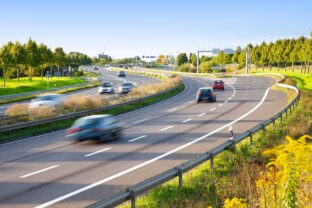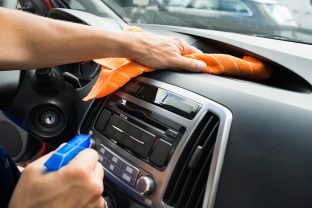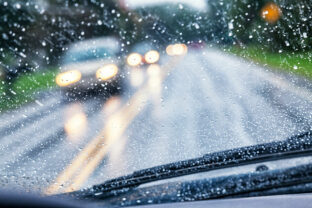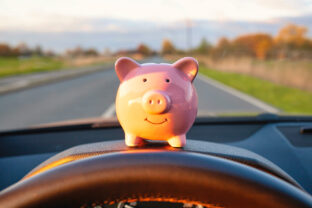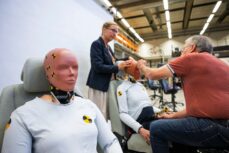The cities favoring pedestrians and cyclists over motorists
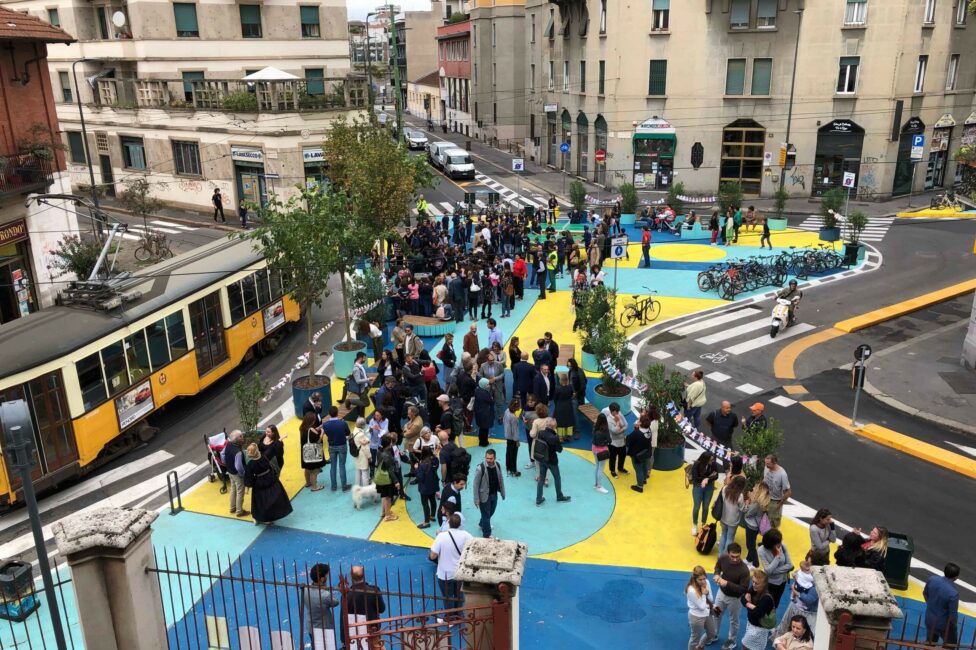
It’s a gentler, more gradual way to restrict cars than establishing a low-emission zone. Many (large) cities around the world are now opting to continue to keep the streets and other public spaces that were reserved for pedestrians and cyclists on an exceptional basis during the Covid-19 health crisis car-free. Making these areas part of a permanent car-free infrastructure, when they were originally intended to be temporary, means removing cars from certain streets and neighborhoods. In addition to improving the safety of non-car road users and the quality of air and life, these new spaces are also intended to be particularly user-friendly..
Among the most innovative projects that have become permanent is an entire stretch of road, JFK Drive, in San Francisco’s Golden Gate Park, now reserved for bicycles and foot traffic only. The road, closed to car traffic, was quickly transformed into a promenade, a leisure area decorated with murals where adults and children can play sports and ride bikes or rollerblades in safety. On the other side of the United States, in New York, a 26-block-long stretch of 34th Avenue in Queens is now closed to traffic every day from 7 am to 8 pm. In the whole city, some 20 miles (over 30 km) of roads are now closed to cars. During this period, this part of the street is reserved for pedestrians, children, animals and of course cyclists.
Another notable initiative in North America: in Montreal, during the summer, many major roads were closed to cars and entirely dedicated to pedestrians and cyclists, 24 hours a day.
Meanwhile, in recent years, the municipality of Milan has transformed squares, intersections and parking spaces into areas dedicated to pedestrians and cyclists, complete with games and vegetation. More than two hectares of reserved areas have been created. New green spaces, welcoming and safe, have been created on former parking spaces.
Finally, in Paris, the Rue de Rivoli, one of the capital’s main traffic arteries, is now almost exclusively reserved for soft transport (bikes, scooters, etc.). This street is a genuine showcase on a global scale to demonstrate that it is possible to go car-free on a major artery.
And these are just a few examples of an underlying trend that continues to spread to the four corners of the world.



